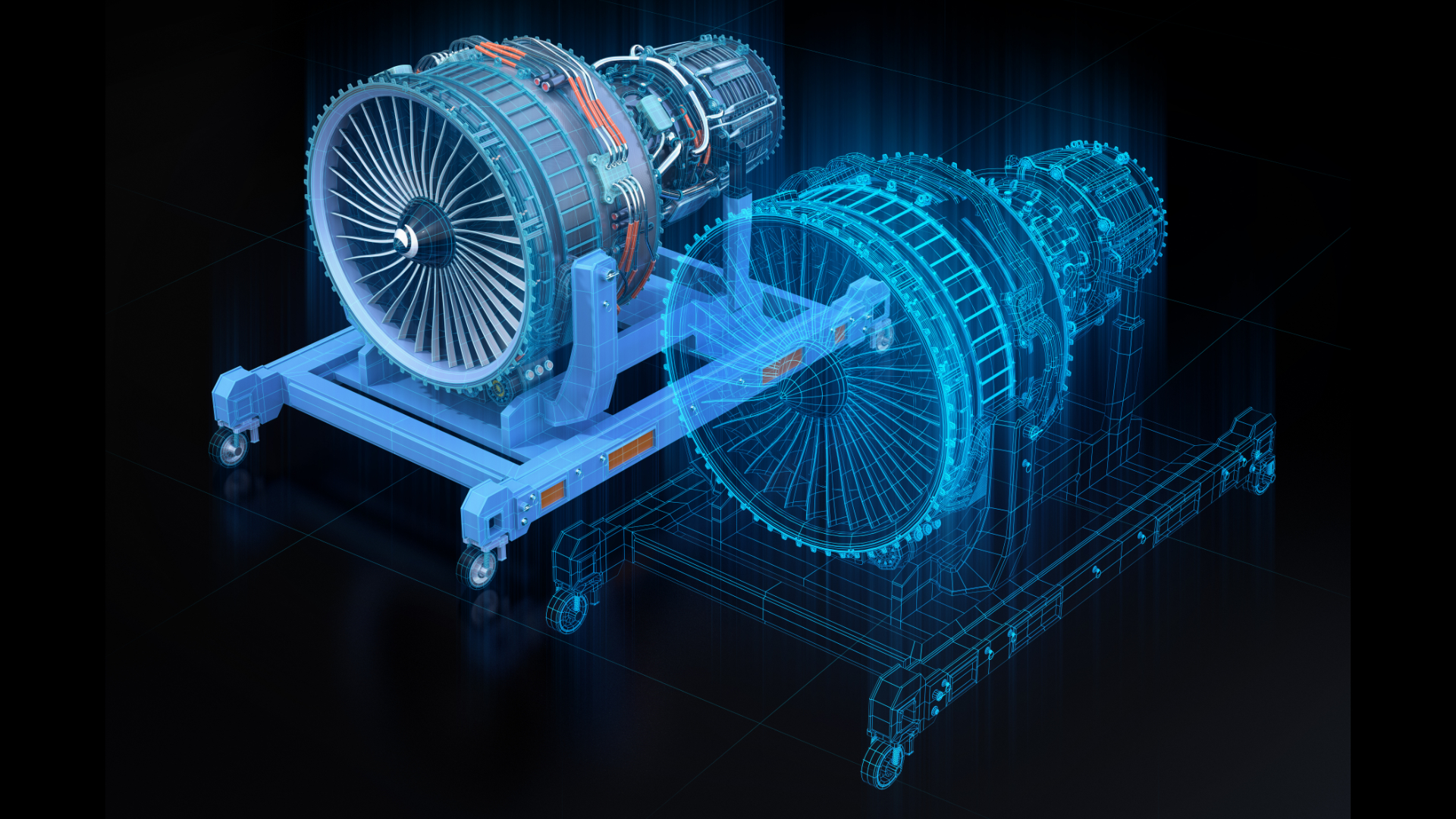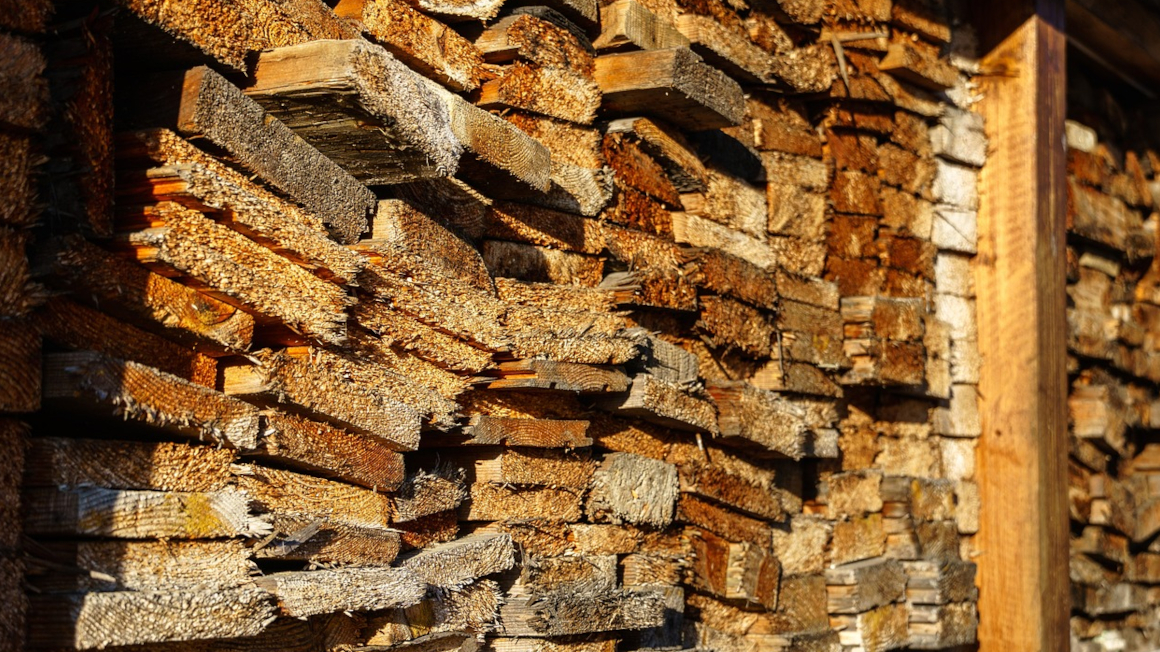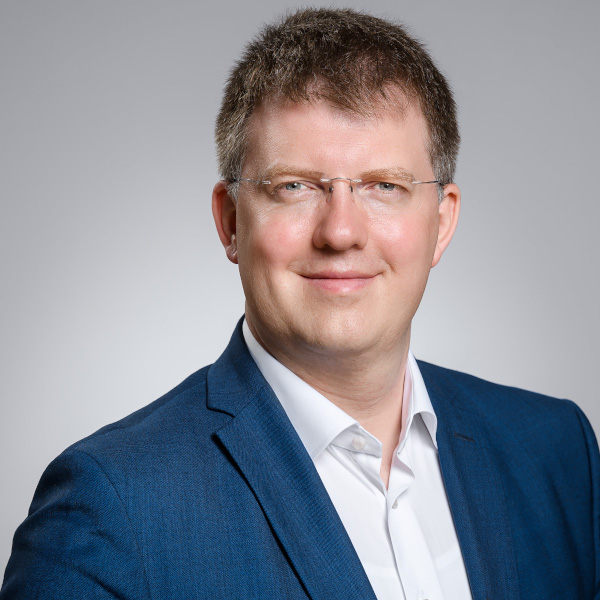Leaving “ZeroTrace“ of micro pollutants
Removing micro pollutants from sewage is commonly done via activated charcoal, which consists of fossil mineral coal. Fraunhofer researchers aim to replace coal with renewable resources.

Clean water is the basis for our own health as well as a healthy environment. Unfortunately in many waters micro pollutants exceed the legal limits and environmental guidelines. On a global scale approximately 50 million organic compounds are circulating in the waters, 5000 of which are potentially hazardous for the environment. Micro pollutants are contaminations in the ground- and drinking water that are caused either through the drainage of residential areas, which often brings pharmaceutical waste or cosmetics with it, or because of industrial and agricultural waste.
Activated charcoal filters organic compounds
In particular the contamination with micro pollutants from detergents has increased a lot over the past few years. Micro pollutants can be taken up by small animals and thus become part of the food chain. Although their concentration ranges only from nano- to microgram per liter, micro pollutants are often toxic. They are also very persistent and especially difficult to filter. Water sewage treatment plants commonly use carbon filters consisting of activated charcoal to remove the micro pollutants from the water. Activated charcoal however is generated from fossil mineral coal, which is either discarded after use or regenerated in central incinerators. Unfortunately, the regeneration of activated charcoal is both logistically and energetically very laborious.
Developing filters consisiting of renewable resources
With this in mind, the Fraunhofer Institute for Environmental, Safety, and Energy Technology UMSICHT in cooperation with partners in research and industry and headed by the Wupperverband, started a new research cooperation called “ZeroTrace”. The project, which began on February 1 and is supported by the Federal Ministry of Education and Research (BMBF) for three years, aims to develop activated charcoal filters that consist of renewable resources like coconut shells.
Moreover, part of “ZeroTrace” will be to improve the regeneration process of local and industrial sewage plants. Ilka Gehrke, head of the department for Photonics and Environment at the Fraunhofer UMSICHT is summarizing the goals: “The activated charcoal should be efficiently regenerated, while also removing multiple types of micro pollutants.”
Efficient regeneration of activated charcoal
Towards that end the first step will be the development of activated charcoal as a composite compound. In a next step the Bundesanstalt für Materialprüfung und –forschung (BAM) will modify the new compound before it will be adjusted once more for its final application and fabricated by EVERS Water Technologies and Filter Materials.
Additionally the Fraunhofer UMSICHT in conjunction with EnviroChemie – an expert for water technologies – will develop a mechanism based upon „Electric Field Swing Adsorption“ (EFSA) in order to enable the local and efficient regeneration of the activated charcoal.
Part of the regeneration process is to heat up the activated charcoal to remove the pollutants – the hotter the charcoal gets, the more micro pollutants will become detached during the regeneration process. The more conductive the activated charcoal is, the more heat can be generated. In order to generate the required heat electrically, conductive materials like graphite are added to the charcoal.
In its final stages the whole procedure will be realized by EnviroChemie and demonstrated under real-life conditions at two sewage plantations of the Wupperverband.
Renewable resources for the future
Given the fact that experts agree that activated charcoal will have to remain part of the elimination process of micro pollutants for the foreseeable future, it is even more important to reduce the amount of fossil mineral coal that is currently being used and to increase its regeneration efficiency. In all likelihood Germany will establish a fourth purification stage for the sewage plants in the near future. This also means that more than one hundred sewage plants will have to be modified with an adsorption step. “We hope to learn from this project how to manufacture composite activated charcoal from renewable resources”, concludes Gehrke.
jmr


